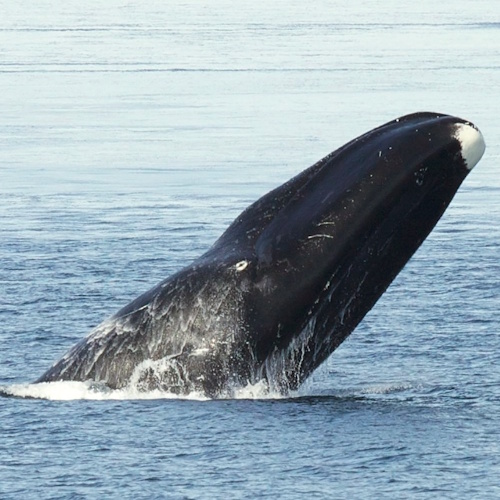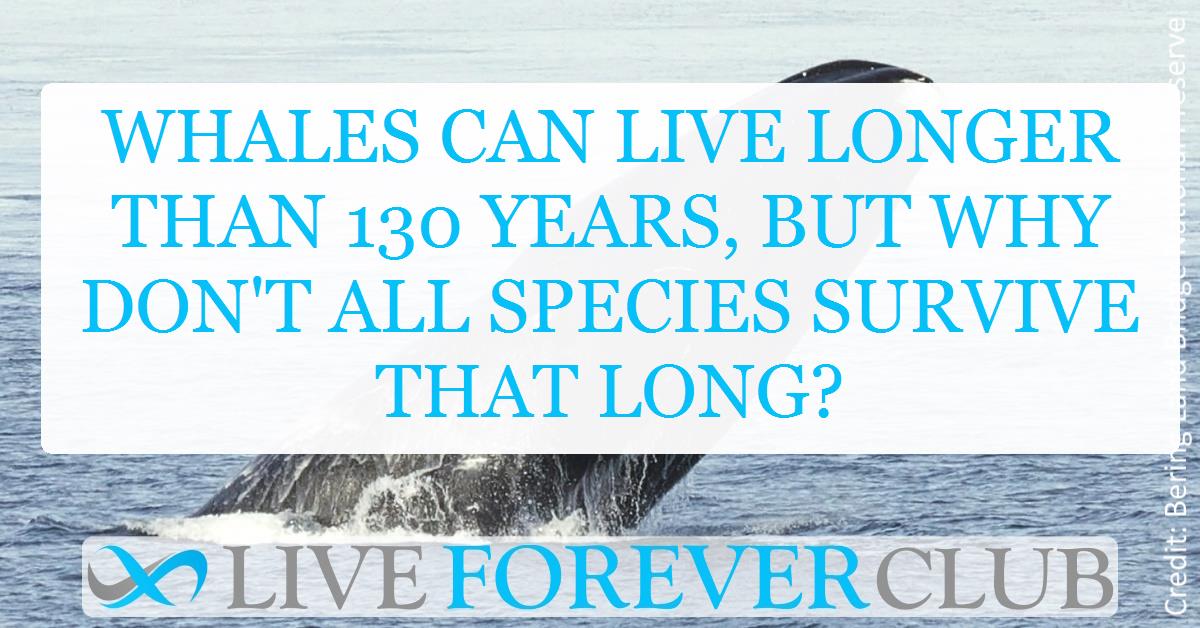Whales, the gentle giants of our oceans, continue to amaze scientists with their incredible lifespans. Recent studies reveal that members of the Balaenid family, including Southern Right Whales (SRWs) and North Atlantic Right Whales (NARWs), possess lifespans that can exceed 130 years. These findings challenge existing assumptions and open up new avenues for conservation and ageing research.
Remarkable Longevity of Whales
Historical observations hinted at the extraordinary lifespans of whales. Early studies on blue and fin whales using ear plug growth layers documented ages of over 110 years. The bowhead whale (Balaena mysticetus) set a new benchmark when researchers discovered artifacts in its blubber from the late 19th century, correlating with ages exceeding 130 years. Modern techniques, such as aspartic acid racemisation (AAR) in eye lenses, confirmed some bowhead whales lived beyond 150 years, with one individual estimated at an astonishing 211 years.
These findings align with physiological scaling principles, where larger body sizes often correlate with longer lifespans. However, industrial whaling disrupted whale demographics, obscuring their true longevity potential. Most existing data are derived from populations significantly impacted by whaling, leaving gaps in our understanding.
Findings from the Balaenid Family
A recent study by Breed and colleagues focused on the lifespans of SRWs and NARWs. Using 40-year mark-recapture datasets, researchers estimated survival probabilities and longevity without relying on direct ageing methods. The findings revealed stark differences:
Southern Right Whales (SRWs):
Median lifespan: 73.4 years.
Over 10% of individuals survive beyond 130 years.
North Atlantic Right Whales (NARWs):
Median lifespan: 22.3 years, with only 10% living past 47 years.
The significantly shorter lifespan of NARWs highlights the impact of human activities, such as entanglements and ship strikes, which greatly increase mortality rates across all age groups.
Advanced Methods to Study Longevity
The study employed mark-recapture datasets from decades-long observation programs. SRWs were tracked along South Africa’s coastline, while NARW data were compiled by the North Atlantic Right Whale Consortium. Researchers applied statistical survival models, such as the Gompertz function, to estimate survival curves and potential longevity.
To validate the findings, the team used simulations that replicated the datasets, confirming minimal bias in their estimates. These robust methods allowed researchers to infer longevity even in populations lacking older individuals due to historical whaling.
Challenges in Estimating Whale Lifespan
Estimating the true longevity of whales faces several hurdles:
Demographic Disruptions:
Industrial whaling decimated populations, leaving younger individuals as the primary data source.
Ageing Techniques:
Traditional methods like ear plug and tooth growth layer counts often underestimate ages, particularly in older whales.
Anthropogenic Threats:
Current human activities, such as fishing gear entanglements, disproportionately affect species like NARWs, further skewing lifespan data.
Conservation Implications
Understanding whale longevity has profound implications for conservation. Long lifespans enhance a species’ resilience by allowing individuals to reproduce over extended periods. However, threats like fishing gear entanglements and habitat loss disproportionately shorten lifespans, as seen in NARWs.
Conservation efforts must prioritise mitigating these threats. Reducing ship strikes, implementing safer fishing practices, and protecting critical habitats can help restore populations and allow whales to reach their full lifespan potential.
Broader Insights into Ageing
The study of whale longevity extends beyond conservation. Whales offer unique insights into ageing and biological resilience. Their ability to survive and reproduce over centuries could inform research on ageing processes in other species, including humans.
Bowhead whales, for example, exhibit mechanisms that protect against cancer and other age-related diseases. Investigating these adaptations could unlock new approaches to understanding longevity and healthspan in mammals.
The Road Ahead
While the findings are groundbreaking, challenges remain. Populations recovering from whaling have not yet achieved stable age distributions that include the oldest individuals. Validating the extreme lifespans estimated for SRWs will require decades of continuous observation.
Emerging methods, such as DNA methylation biomarkers, hold promise for non-lethal ageing techniques. These tools could revolutionise our ability to study longevity in whales and other long-lived species.
The extraordinary lifespans of Balaenid whales highlight their resilience and the profound impact of human activities. By addressing threats and advancing research methods, we can protect these majestic creatures and uncover the secrets of their longevity. As we learn more about their lives, whales remind us of the importance of preserving the delicate balance of our oceans for generations to come.
The study is published in the journal Science Advances. It was led by Greg A. Breed from University of Alaska.






